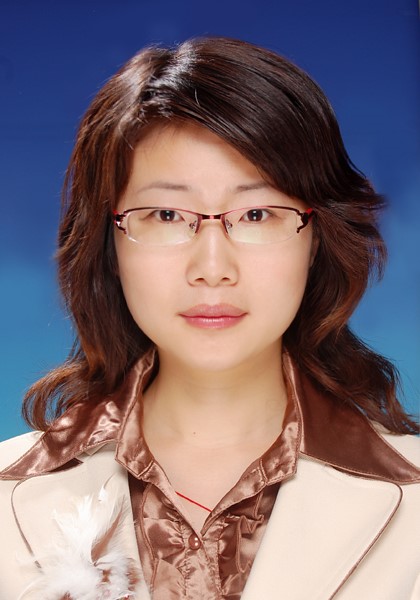Name 姓名 | Huang Yan |
|
| 
|
College 学院 | College of Chemical Engineering |
Highest degree 最高学历 | Doctor | Professional Title 职称 | Associate professor |
Discipline/Major 专业 | Chemical Engineering and Technology Environmental Science and Technology |
Research Area/Direction 招生研究方向 | carbon materials, metal nanoparticles or oxides with porous coordination composites |
Office Phone 办公电话 |
| Cell Phone 手机号码 |
|
Email 邮箱 | huangyan@buct.edu.cn |
Research Topics(no more than 100 words)研究方向 |
The research work involves in designing and decorating energy materials (carbon materials, metal nanoparticles or oxides with porous coordination composites) for energy conversion (oxygen reduction, oxygen evolution and hydrogen evolution) and energy storage (supercapacitor, metal Air battery and new battery) using a combination of experiment and molecular simulation. |
Education Background 教育背景 |
Supervisor: Prof. Dapeng Cao Topic: Clean energy materials design and synthesis basing on MOFs. |
Work Experience 工作经历 |
BUCT, College of Chemical engineering BUCT, State Key Laboratory of Organic-inorganic composites Ministry of Science and Technology of the People’s Republic of China |
Publications(no more than 10 representative publications) 发表文章 |
Facile synthesis of Fe2P/Co embedded trifunctional electrocatalyst for high-performance anion exchange membrane fuel cells, rechargeable Zn–air batteries, and overall water splitting. J. Mater. Chem. A, 2022, 10, 16037−16045.(SCI,IF:14.5) Electroless deposition of RuPd nanoparticles on porous carbon for hydrogen evolution in acid and alkaline media[J]. Sustainable Energy & Fuels, 2022,6, 2165-2169 (SCI,IF:6.4) Covalent organic polymer derived N–doped carbon confined FeNi alloys as bifunctional oxygen electrocatalyst for rechargeable zinc-air battery[J]. Int. J. Hydrog. Energy, 2022,47, 16025-16035 (SCI,IF:5.8) MOF-derived CoN/CoFe/NC bifunctional electrocatalysts for zinc-air batteries[J]. Applied Surface Science,2022,582,152375. (SCI,IF:6.7) A dual metal-organic framework strategy for synthesis of FeCo@NC bifunctional oxygen catalysts for clean energy application[J].Chinese Journal of Chemical Engineering,2022,43,161-168. (SCI,IF:3.2) Improved uniformity of Fe3O4 nanoparticles on Fe–N–C nanosheets derived from a 2D covalent organic polymer for oxygen reduction[J]. International Journal of Hydrogen Energy, 2021,46, 27576-27584. (SCI,IF:5.8) A telluride-doped porous carbon as highly efficient bifunctionalcatalyst for rechargeable Zn-air batteries[J]. Electrochimica Acta,2021.139606. (SCI,IF:6.9) Nitrogen-doped porous carbons with ultrahigh specific surface area as bifunctional materials for dye removal of wastewater and supercapacitors[J]. Applied Surface Science, 2018, 456, 184-194. (IF=4.439, TOP) CoFeW ternary oxides nanoparticles for oxygen evolution reaction[J]. Materials Letters, 2018, 223, 246-249.(IF=2.687, TOP) Fungi residue derived carbon as highly efficient hydrogen peroxide electrocatalyst[J]. Chemical Engineering Science, 2017, 174, 222-228. (IF=3.306, TOP)
|